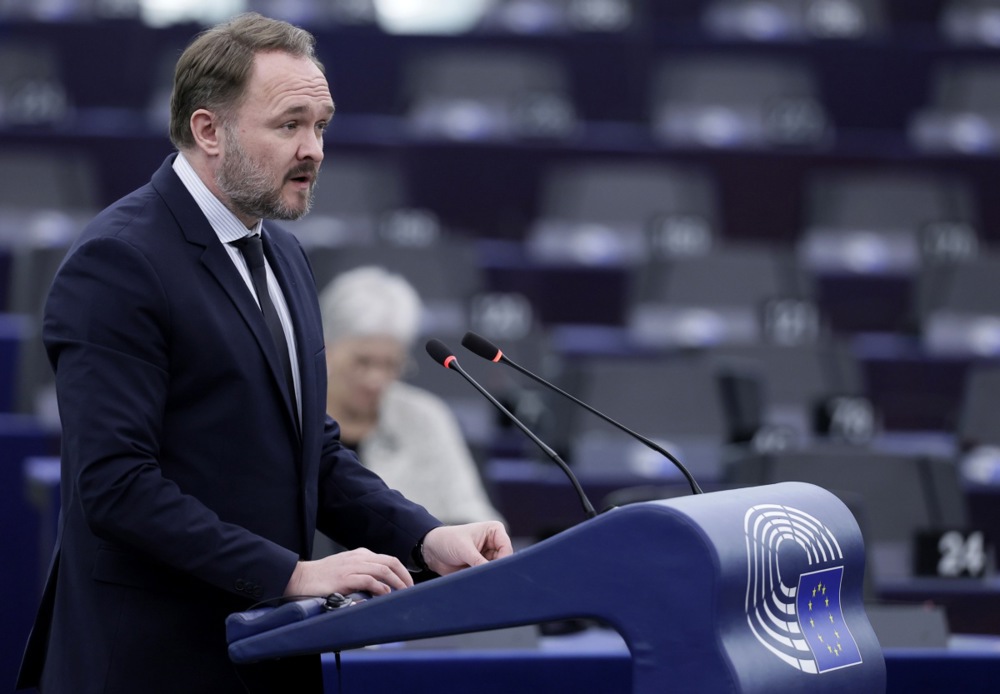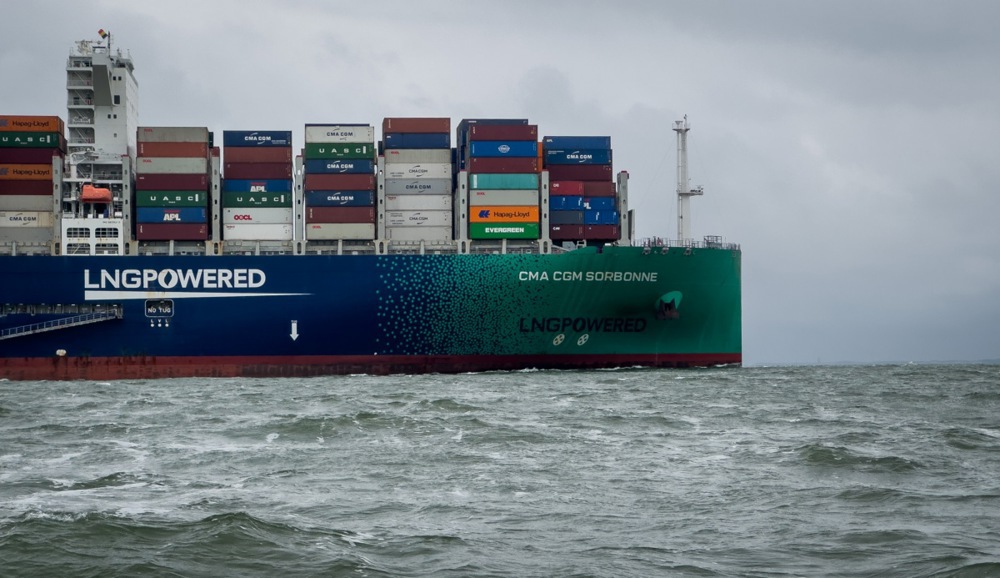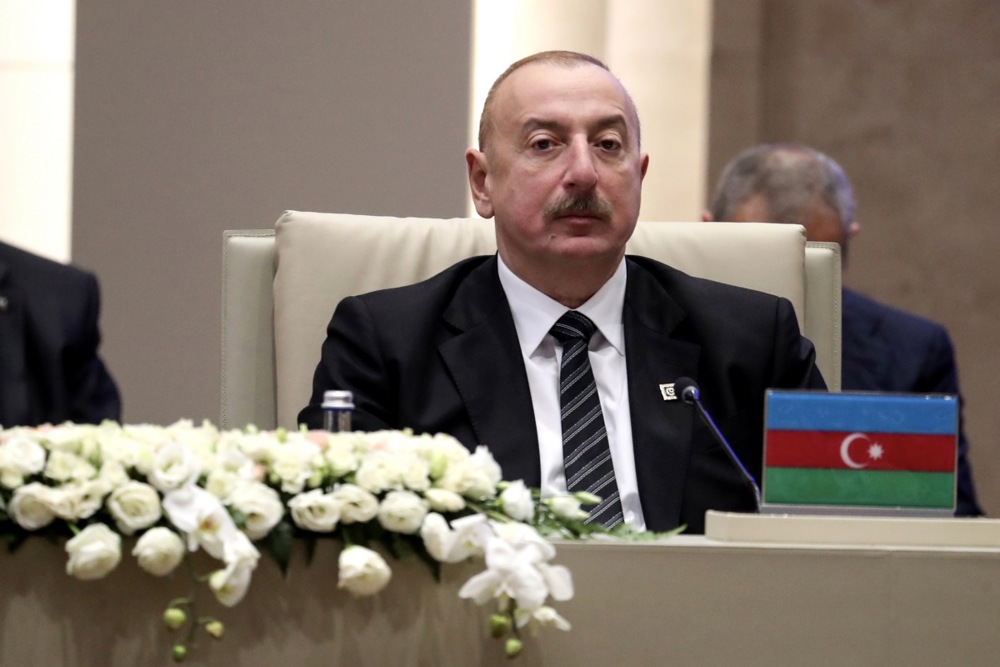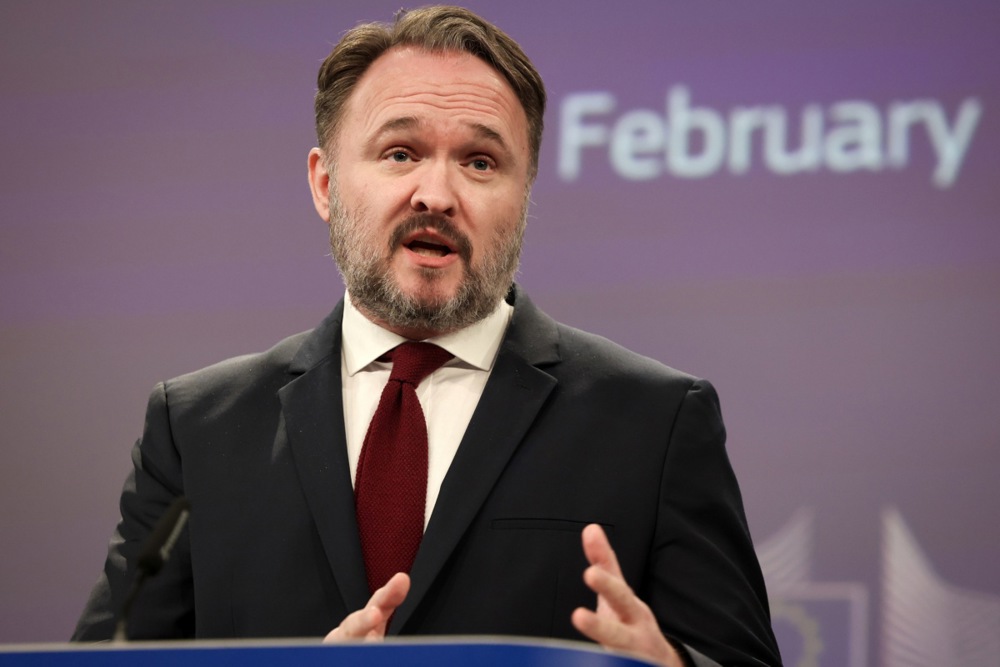The European Union’s plan to phase out Russian gas by 2027 hinged on traceability, and that may be its weakest point, experts and officials told Brussels Signal.
The roadmap unveiled on May 6 banned both “spot” and “long-term” Russian gas imports, including a prohibition on signing new contracts.
Its enforcement, though, depended on the ability to trace the origin of the gas, and both market actors and some national governments could obstruct that effort, observers said.
“The roadmap lays out plans to ban any long-term contracts being signed as well as imports under current spot or long-term deals,” Aura Sabadus, an energy expert at the London-based commodity market specialists ICIS, told Brussels Signal on May 7.
“However, the biggest question is how they will be enforcing it.” Companies have been “very creative in finding ways to hide the origin of the gas”, she said, referring to practices such as rebranding Russian product or blending it with other sources in large portfolios.
Sabadus noted that many of the firms still taking Russian gas — or facilitating its transit — operated in member states with Kremlin-friendly governments. “Will these governments be keen to comply and enforce EU rules that might damage Russian interests?” she said.
A spokesperson for the president of Belgian political party Les Engagés, Yvan Verougstraete, an MEP closely involved in energy sanctions discussions, called for full backing from all member states.
“Although these measures are formally adopted by qualified majority under Article 215 of the TFEU [Treaty on the Functioning of the European Union], in practice, unanimity sends a stronger political signal,” the spokesperson confirmed on May 7.
“More specifically, Hungary, Slovakia and the Czech Republic have expressed reservations due to their heavy dependence on Russian oil transported by pipeline,” he told Brussels Signal.
In the 2022 oil embargo, both countries, along with the Czech Republic, secured pipeline exemptions after weeks of negotiations. “Their position revealed the complexity of EU energy decisions, which must reconcile different national dependencies to maintain unity,” the spokesperson added.
In a speech unveiling the new roadmap, European Commissioner for Energy and Housing Dan Jørgensen said the bloc had made major progress since 2022.
Russian coal has already been phased out, oil imports dropped from 26 per cent to 3 per cent and gas dependency from 45 per cent to 14 per cent, he said.
Still, the EC has confirmed the EU still paid €23 billion for Russian gas in 2024. “This has to stop,” Jørgensen said.
To address enforcement concerns, the EC said it wanted to boost transparency on gas import contracts and increase reporting obligations for companies.
Sabadus warned, though, that “as long as there’s a commercial incentive and no credible tracking mechanism, traceability will remain a grey zone”.
Eurostat data released on May 6 and 7 showed Russian gas deliveries to the EU fell by 84 per cent between 2021 and 2024 but Russia remained the EU’s third-largest supplier in the first quarter of 2025, after the US and Norway.
According to the data, pipeline imports were replaced mainly by LNG, including re-exports of Russian the gas from third countries.
In 2024, the EU imported 40.5 million tonnes of LNG, mainly from the US (22.3 million tonnes), followed by Russia (6.6 million tonnes), Qatar (5.8 million tonnes) and Algeria (2.5 million tonnes)
“More LNG supply is expected to come online from the US, Qatar and Africa,” Sabadus continued, “which may ease price volatility and reduce Europe’s exposure to geopolitical disruptions.”
She warned, though, that prices would remain sensitive “as the global geopolitical scene itself is becoming more volatile”.
The EU’s RePowerEU roadmap outlined a gradual transition away from Russian supply to mitigate economic disruptions in more exposed member states.
Yet, as Verougstraete’s spokesperson pointed out: “Resistance doesn’t have to be formal. It can come through weak enforcement or lack of political will.”





